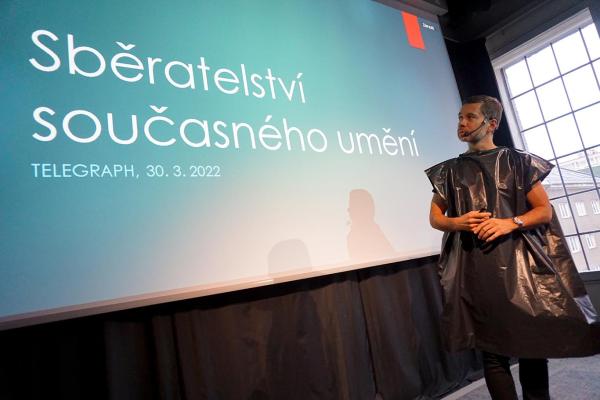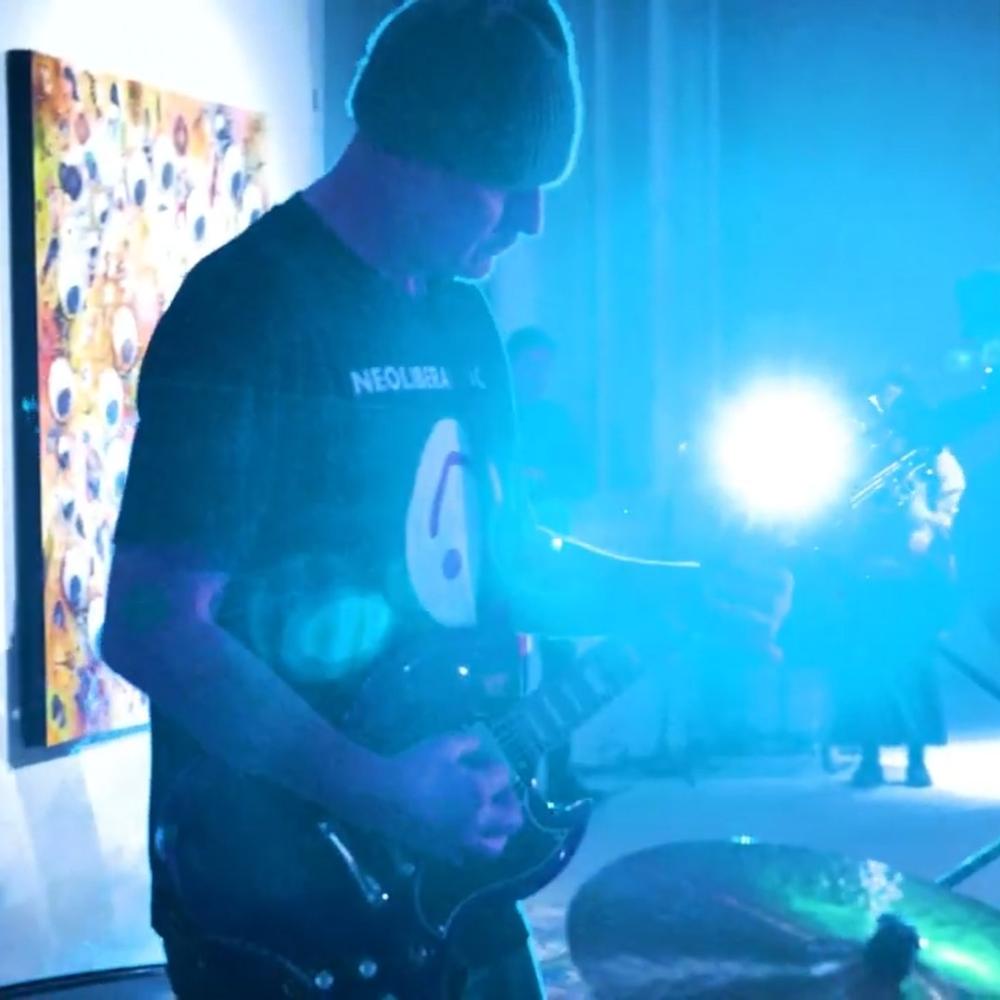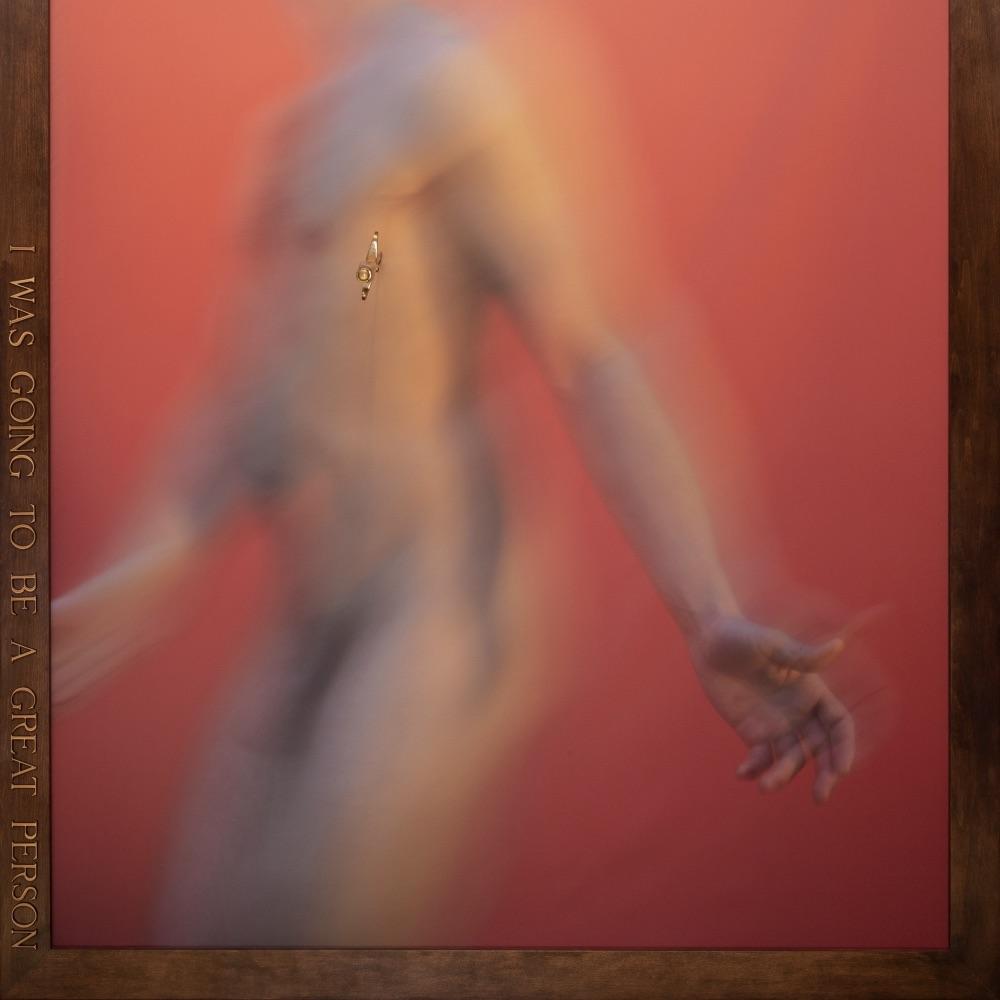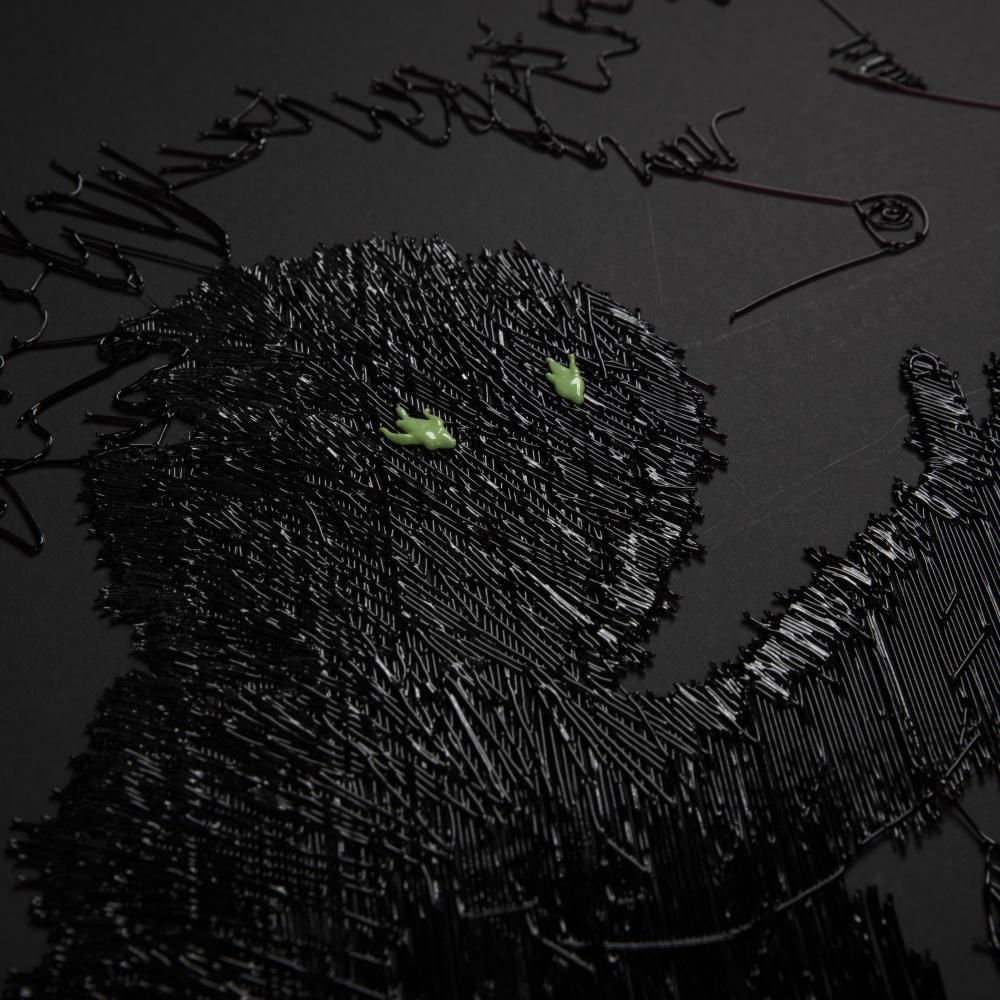
You can visit the Telegraph Cinema not only for film screenings, but also for lectures of all kinds. One of our popular lecture series is Collecting Contemporary Art, which gives you a glimpse under the hood of the often obsessive process of building a collection. Here, collectors present how their collection was formed, what led them to this activity, or the process of selecting works to add to the collection.
Sometimes an art collection comes into being very innocently. Such was the case with the first speaker, who was, for obvious reasons, Robert Runták - the owner of the Telegraph, whose collection has already made a name for itself in the contemporary gallery scene through a number of solo exhibitions, as well as numerous loans to galleries across the country and abroad. He acquired his first work of art in 2007, when he purchased a sculpture as a decorative element for his newly renovated house.
This began the journey of his collection. Gradually, the artworks grew uncontrollably and it was necessary to bring a clear system to the process. Today, his collection contains hundreds of works, and once in a while the Telegraph's exhibition spaces are dedicated to selected pieces from this collection. Under the titles Signal I, Signal II and Signal III, a part of Robert Runták's collection is presented in various concepts created each year by a different curator. All collectors, not only those in our lecture series, unsurprisingly agree that the basis for this activity is a love of art, which slowly grows into an intense passion. Only then does it develop into a systematic activity. For, as Jan Kudrna, the curator of the Robert Runták Collection - art historian, curator and the second lecturer of the Collections of Contemporary Art series - states, the difference between mere collecting (even of art objects) and collecting is the conscious selection of works and their inclusion in the emerging whole. For Jan Kudrna, collecting is a certain kind of order that makes the world make clear sense. He himself embraced the whole concept of collecting at a young age thanks to his father, who gradually built up a collection of old cars and motorbikes. So Kudrna knew the whole process. Therefore, when he met Robert Runták in 2011, they were able to combine their interests and passions and embark on a new phase - the creation of a clear and systematic collection. Gradually, they moved on to living artists, whom they began to visit directly in their studios, in an effort to acquire works that have the potential to become true treasures of the art world yet to come. Contemporary art thus gradually became the core of the entire Robert Runták Collection.
The breadth of interest in collecting contemporary art is also illustrated by the next speaker, Josef Maixner - an entrepreneur and collector who started out not by collecting works of art, but old Persian and Caucasian carpets, which he studied carefully before he started buying them. He has thus developed a certain sense of recognizing quality, which he is able to apply to the selection of art for his collection. Ultimately, however, he selects works primarily on the basis of what appeals to him or impresses him. Josef Maixner takes artworks as a means to develop his own personality. He then plans studio visits and the eventual acquisition of paintings based on his findings of interesting artists, mainly on Instagram. In this way, Maixner also displays the aforementioned systematic view of the world, which is crucial in the creation of a collection. Josef Maixner also captures his art collection (mainly focused on contemporary painting and sculpture) called Hell's Sleigh and its gradual growth on his Instagram profile.
In the fourth and final lecture so far in the series Collecting Contemporary Art, two women - Lucie Drdová and Nicole Stava - presented their work, both of whom revealed new perspectives on today's relationship to art. Lucie Drdová (art historian, curator and gallerist) focuses on institutional practices and models of contemporary art galleries as part of her PhD studies at the Academy of Fine Arts. Thanks to her experience in running a private gallery in Berlin, in 2012 she decided to establish her own gallery - Lucie Drdova Gallery, which can be classified as one of the most prestigious contemporary art galleries in the Czech Republic and at the same time has intensive contacts with foreign countries. The gallery aims to stimulate the critical thinking of the viewer, so the exhibition programme is very conceptual, with an emphasis on criticism of society, political or economic conditions. The exhibiting artists are also selected on the basis of originality and quality of artistic expression. Lucie Drdová has also supported the work of contemporary artists by founding the Luc Art Fond, which aims to develop the contemporary art scene, but also to strengthen the position of Czech artists abroad.
Nicole Stava then became acquainted with the art market and the management of the family estate. Currently, together with her sister, she runs the Bechyně Manor in South Bohemia, where as the director of Art 4 Bechyně she organizes a number of contemporary art exhibitions. However, Stava also takes care of the preservation of her family heritage - she looks after the collection of old masters, classical, modern and contemporary art, which her parents started to create - not only in the Czech Republic, but also in their native Switzerland, where they moved with their family in 1995. Nicole Stava is also involved in international art business. After working for several years as a senior business development consultant at Christie's auction houses in Prague, Vienna and London, she decided to establish Nicole Stava Art Acquisitions and Sales in 2009, which provides international art trade services and facilitates contacts between auction houses and art dealers worldwide.
Each of the lectures so far has thus brought new, often very fascinating, findings in the field of art collecting, from many angles - from creating an order, to buying works from gallerists or the artists themselves, to lending one's own works to Czech or international galleries.







